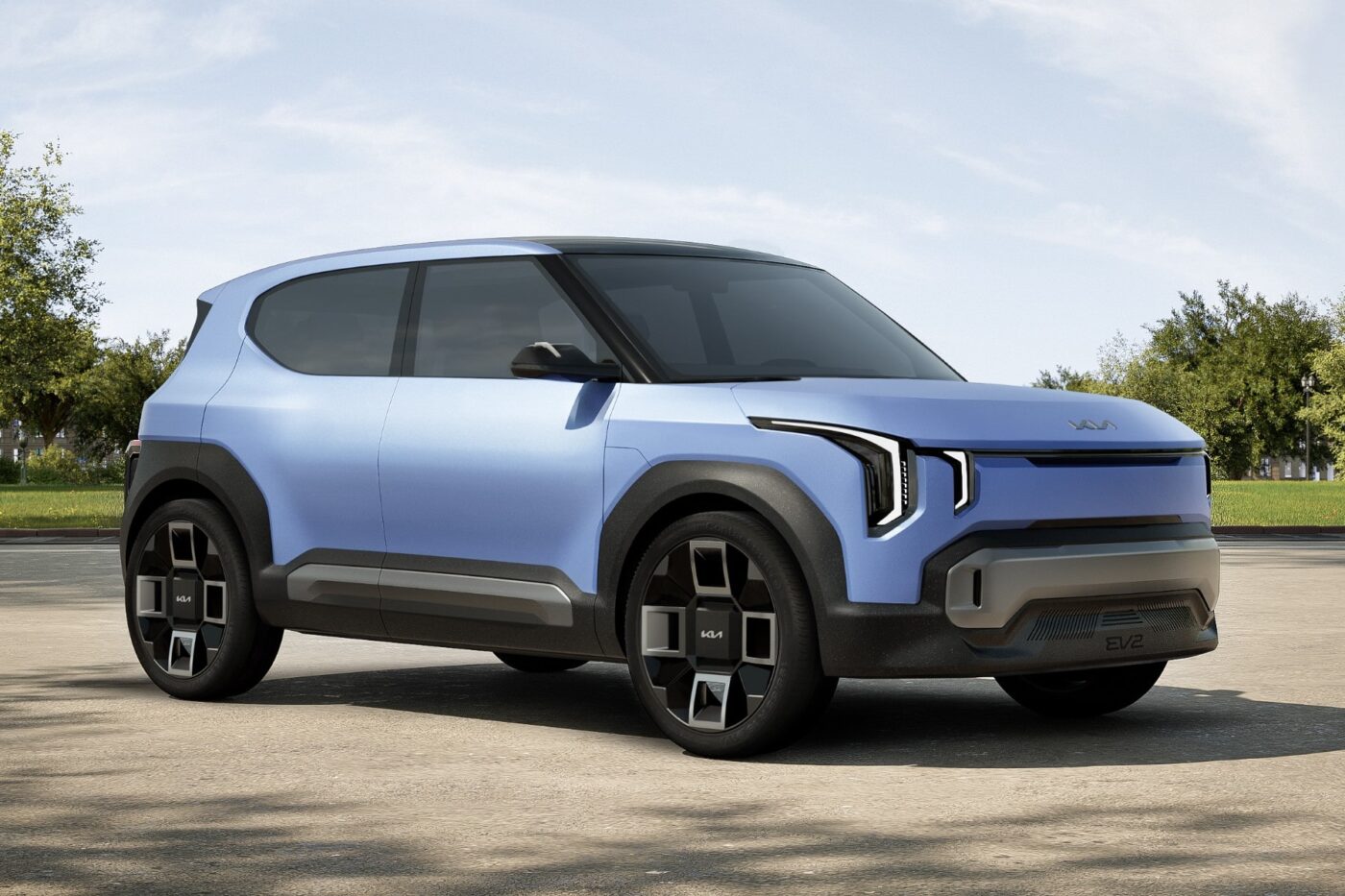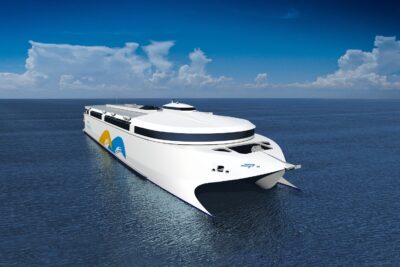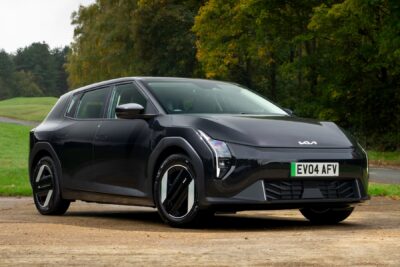Kia readies sub-€25,000 electric city car
Kia is preparing an entry-level electric city car to launch before the end of the decade, priced below €25,000, Kia president and CEO Ho Sung Song told Autocar. The model will sit under the upcoming EV2 as part of Kia’s broad electrification strategy, which combines next-generation software-defined vehicles (SDVs) with continued hybrid and combustion powertrain development.
Speaking to the British news portal, Song confirmed the brand’s commitment to affordable e-mobility, noting that a sub-€25,000 model was “one area we are studying and developing.”
In April, it was reported that Kia, along with Hyundai, was looking to strengthen its focus on the lower end of the electric car market. At the time, it was reported that together, the mass-market brands will introduce 35 new and refreshed products in 2026, including smaller and cheaper electric cars. The sub-€25,000 electric city car is likely part of that lineup.
Moreover, Kia will strengthen its budget EV portfolio next year with two models. The company plans to start manufacturing the Euro-focused EV2 in February 2026 and could begin shipping it to dealerships in the spring. In April, it will unveil the electric variant of the Syros, its India-focused small SUV. Globally, Kia plans to build a diverse EV range comprising 15 models by 2030.
But back to the upcoming electric city car: Song told Autocar that the project is currently ‘homework’ for Kia. However, the company’s strong electric line-up – from EV3 to EV9 – reduces immediate regulatory pressure to replace the combustion-powered Picanto city car, which remains on sale following its 2023 update. The new EV would effectively succeed the Picanto when its lifecycle ends before 2030, although Song suggested an ICE and EV city car could co-exist depending on CO₂ regulations.
Range-extender and hybrid tech remain part of the plan
While Kia expects Europe to transition fully to EVs, Song emphasised that hybrid, plug-in hybrid, and range-extender (EREV) powertrains remain essential to global market flexibility: “The final destination in Europe is EVs, which is why I want to be a very strong EV player in Europe,” he told Autocar. “But if we look at worldwide demand we should have alternative powertrains.”
Range-extender technology is of particular interest for heavy or large vehicles where pure electric propulsion remains technically challenging. Kia’s first range-extender EV is expected to launch before 2030, expanding its hybrid and plug-in hybrid portfolio for markets lacking EV infrastructure, such as North Africa.
Next-generation SDVs to underpin future models
Kia is developing a new ‘Software Defined Vehicles’ (SDV) architecture for its larger vehicles to decouple hardware and software development, enabling shorter development cycles and cost reductions. “Because we are decoupling hardware and software, we can be more flexible making different kinds of vehicles based on the same platform,” Song explained.
Development has been underway for three years, with a pilot project known as the ‘SDV Pace Car’, with “fully-fledged SDV technology and AI-integrated autonomous driving technology”, will be presented as a demonstrator next year, before the new software ecosystem launches in volume models in 2027. The architecture will underpin replacements for the EV6 and EV9. Future SDV-based models will also support greater user interface personalisation and frequent over-the-air software upgrades to enhance perceived vehicle freshness.
Kia’s upcoming EV plans are not confined to passenger cars. The company’s PBV (purpose-built vehicle) strategy will see the PV5 electric van launch first, followed by the PV7 in 2027 and PV9 in 2029. Learnings from these commercial vehicles, especially around software-hardware integration, will feed back into passenger car development.
Design remains central to Kia’s brand strength. “If we repeat again and again [with the same design], maybe customers will feel it is boring,” Song told the British news portal, confirming future design renewals alongside continued concept car reveals.
Finally, Kia plans to introduce AI assistants across its line-up to enhance vehicle functionality, partnering with firms including Samsung. “Customers are expecting more innovation in our vehicles. They are experiencing all-new functions from smartphones. They want the same in our vehicles,” Song told Autocar. Full autonomous driving remains a development priority, to be baked into the upcoming SDV architecture as Kia transitions its entire mobility ecosystem to software-led innovation.





0 Comments